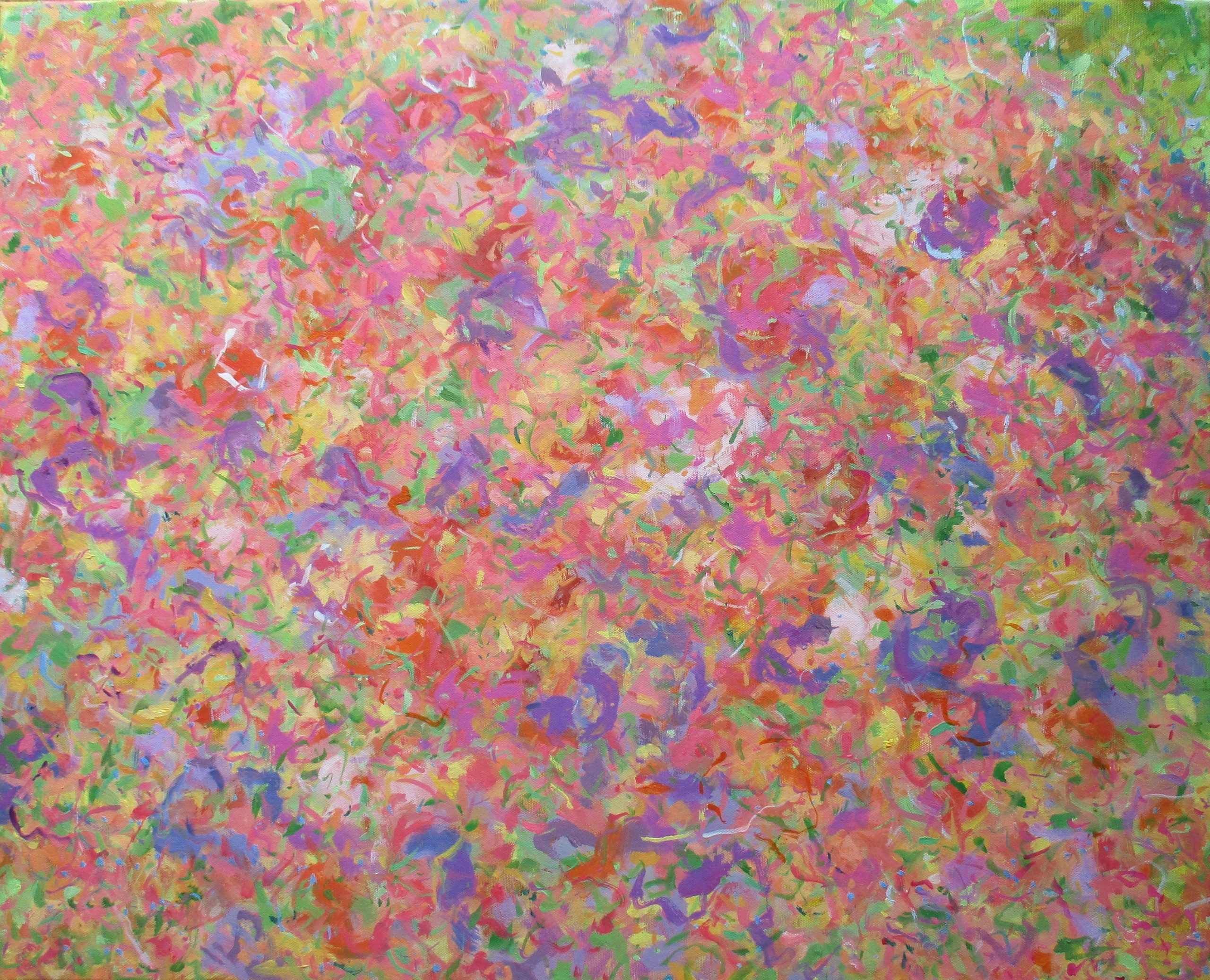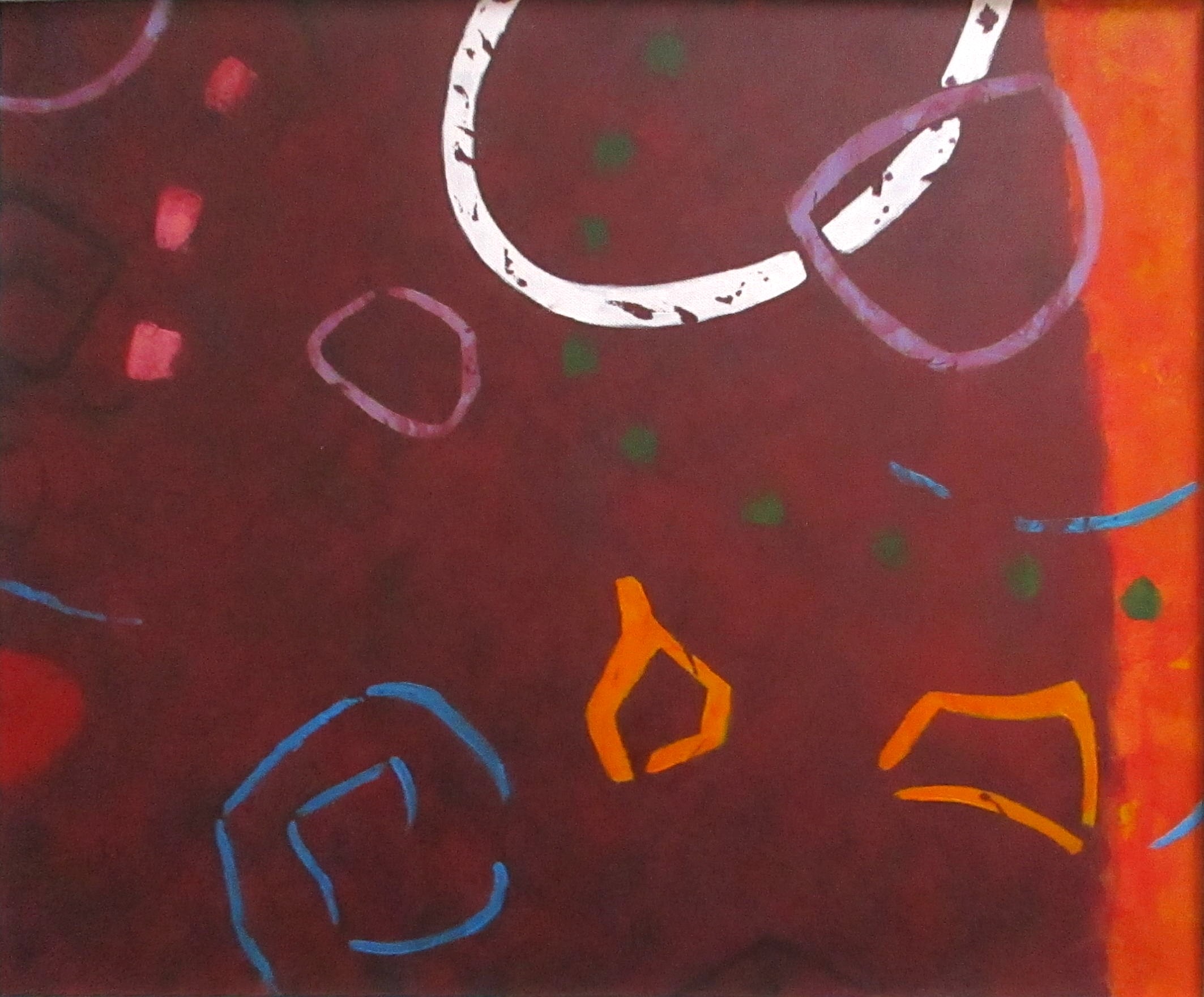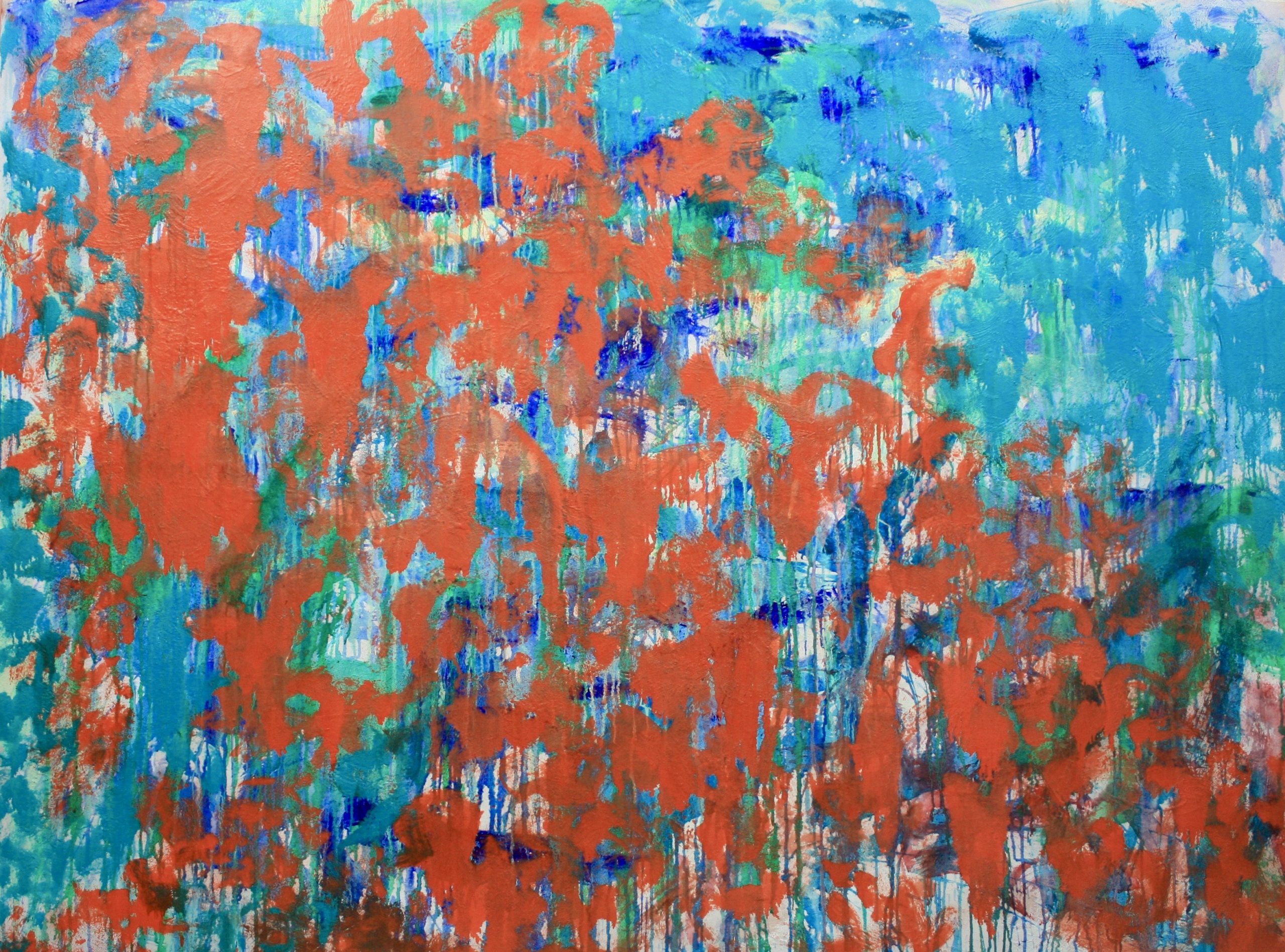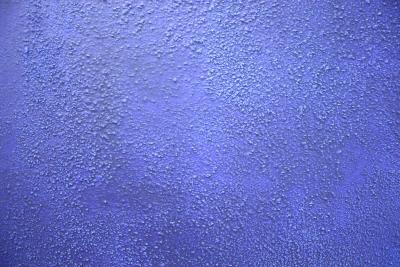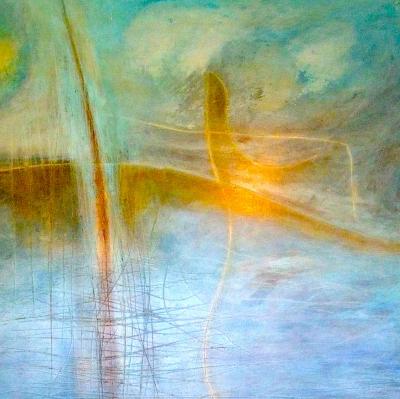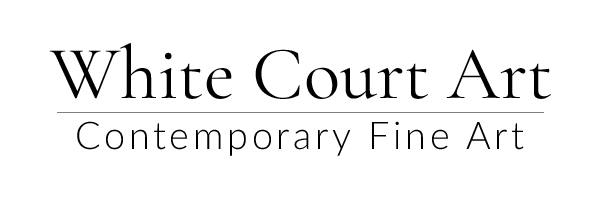We have all experienced strange times over the last year or so. Only now are we becoming used to the dangers and restrictions that confront us in our daily lives. We are seemingly looking more closely at all our environments and our relationships with them. Here in the beautiful Wye Valley we have been somewhat sheltered, surrounded as we are by the landscape that inspired the Picturesque movement and promoted immersion in nature, forest bathing is an ancient concept. Over the last year or so I have found myself increasingly noticing my surroundings in finer detail, particularly the colours, forms and shapes. Perhaps this is an effect of having more time for contemplation. Allowing my mind to flow naturally I seem able to form impressions and nuances rather than solid concrete images. It’s something tenuous and tentative, allowing a different perspective to inhabit my mind.
Winter took a long time to lift this year, the pallid blooms of snowdrops and anemones were late giving way to the shooting vibrancy of Spring. It was when Winter conceded defeat and Spring took over that I was really impacted. Everywhere I looked there was colour; the neon green of buds bursting on the trees, cobalt bluebells and acid pink campions. And where there was colour there were shapes; soft curves and hard straight lines; branches forming almost geometric asymmetry, stems guiding and forming supports for flowers and grasses, riotous, sinuous climbers adorning bare dead tree trunks. The whole unruly, exuberant chaos was infectious and I spent many hours just gazing at natures glory.
As I sat quietly ruminating I couldn’t help but turn my thoughts to how art has expressed itself through the mediums of colour and shape. From the dawn of time when early man drew pictograms with red ochre pigment, yellow clay and burnt wood, through all the many schools that we know today and those currently developing, we have used colour and shape as powerful tools of expression. All art uses colour and shape for expression and emotion, they are exciting components. The decorative beauty of colour creates moods and arouses emotions. Shape informs composition with patterns and lines. Through composition and colour it’s possible to discover the passions, beliefs and obsessions of an artist.
If you have been fortunate to immerse oneself deeply into the tonal painting of Rothko you will see that there are powerful forces working throughout his paintings. Picasso used line and colour to imbue passion into pieces that speak to our visceral core. Mondrian pares back and stuns with deceptively simple primary colour and hard geometric edges. The Impressionists redefined the use of colour; using colour and blurred outlines to depict the essence of the composition. Alexander Calder used three dimensional, geometric colour in his hanging sculptures, colour and shape in juxtaposition. Some struggled with the power of colour; Monet once said “colour is my day long obsession, joy and torment”. He possibly speaks for many artists with that sentiment. I have found myself particularly drawn to the work of Welsh artist Phillip Alder, a superb colourist whose oil paintings are characterised by dense patterns of complex shapes with the most subtle touches of colour. His delicate watercolours of plants and flowers take one to places filled with blossom, leaves, branches, light and water. No matter what form of art or nature speaks to you and draws you in, it’s utterly composed of colour and shape.
And so the eponymous colour wheel turns. Whether in art or in nature the wheel never stands still, it is in constant motion and we as humans are held in its gently swaying embrace.
